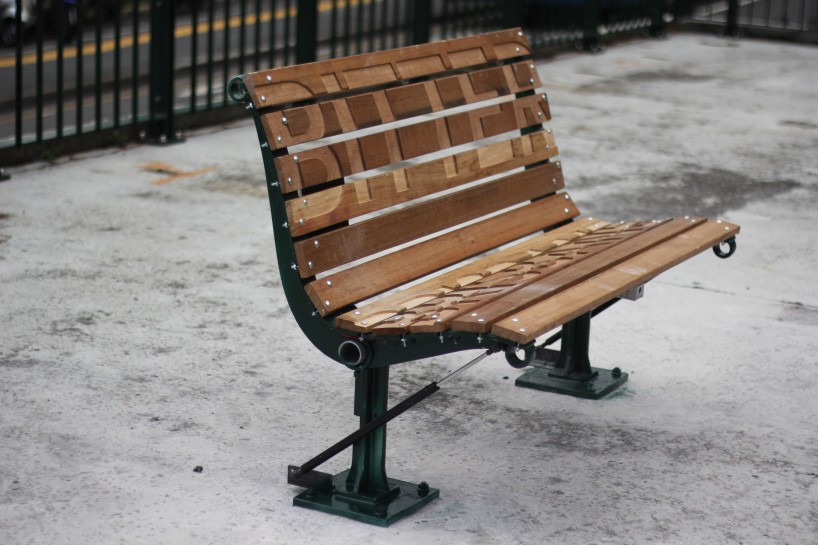

Nowadays, designers have a considerable advantage in the field of sociology. They can illustrate and convey critical social problems faced by society (Girard et al., 2022). There are particular criteria that designers must follow to correctly and ethically convey a message to society through their products. In general, this movement is called design activism. This paper analyzes the criteria of Ann Thorpe’s design activism on the example of the design of the bitter bench.
The first criterion that fits the design and project of the bitter bench is that “It publicly reveals or frames a problem or challenging issue” (Thorpe, 2011, p.6). The bench actively raises the issue of discrimination and harassment of homeless people. There used to be a homeless shelter on this bench, but this building was demolished. The designers of the inkahoots project installed pre-recorded reviews from former homeless shelter residents (Candy, n.d). The bench was installed for people and the authorities to understand that the demolition of the building was the wrong decision, and the authorities did not consider that the lives of the homeless also matter (Butler, 2015). Consequently, Ann Thorpe’s criterion that designs openly articulates the problem and its importance to the public is addressed.
The following criterion most suitable for installing a bench is “It works on behalf of a neglected, excluded or disadvantaged group “(Thorpe, 2011, p.6). The project of designers from Inkahoots actively supports the rights of the homeless. By installing feedback records from shelter residents, the designers act as the voice of homeless people who have been oppressed. In this case, the abandoned group is homeless, and the created project works on their behalf. It is also said that a person sitting on this bench cannot sit for a long time, as he will not endure the recorded words of the homeless. This suggests that people feel injustice and cannot listen to the truth.
References
Andy Butler I. (2015). Interview with graphic designer Jason Grant of Inkahoots.
Candy, M. (n.d.). BNE ART, Web.
Girard, E., & Namer, L. (2022). Design Activism as an Everyday Practice: Centering
Design Ethics Using Participatory Methods. In Proceedings of the Participatory Design Conference 2022-Volume 2 (pp. 231-232).
Thorpe, A. (2011). Submitted to the Journal of Architectural Education Title: Defining Design as Activism.